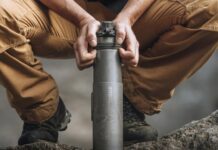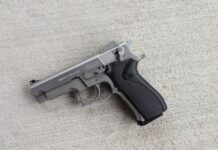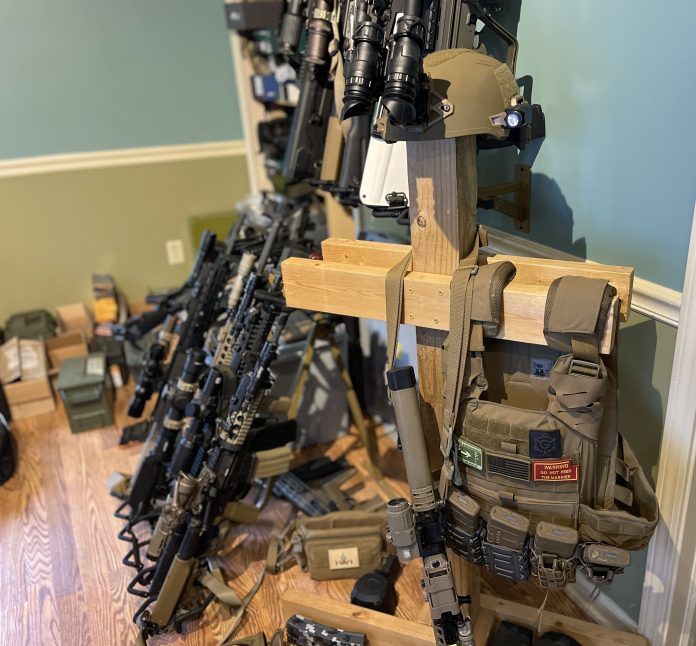
A social media friend of mine made a post on said social medias that went something like:
The Absolute Minimum You Need
- Rifle
- Handgun
- Supporting Gear
The list, in detail, would serve anyone pretty well as a solid rig for a rifle and handgun class, a 2-gun competition, or any sustained shooting activity involving a rifle and a pistol.
However, the context (though not given in the post directly) was that of a violent and sudden emergency on a large scale. Hamas invades Israel. Russia invades Ukraine. A riot sweeps your neighborhood. The cartels get bold on the border.
Situation: You very quickly need a lot of gun and the ability to keep that gun shooting.
Two of those scenarios above, I hope, remain entirely hypothetical for US readers. Riots have not, certainly, but I can hope moving forward. But two of them are ongoing real world events within the borders of developed nations.
Shelve the politics of both wars for now, the ‘why’ doesn’t matter when its outside your window.
They are coming, you have a minute.. two at most.
What will a minuteman rig consist of when you have the proverbial minute to grab gear and get into a fight? You might be alone. You might have neighbors, cops, national guard, etc. on your side too and able to organize coordinated resistance and response.
We’re going to prioritize a durable yet fairly affordable gear set and talk about why each piece briefly. We will break it down by essential, preferred, and optional. The assumption is also that there will be, if not immediately, a short order response from authority with greater combat resources.
But you are there, one more volunteer with a rifle, a will to work, and ready to shoot back at an encroaching governmental or para-governmental organized force. Something far above dealing with your local meth zombie with your CCW piece.
What are you bringing?
Essential Items
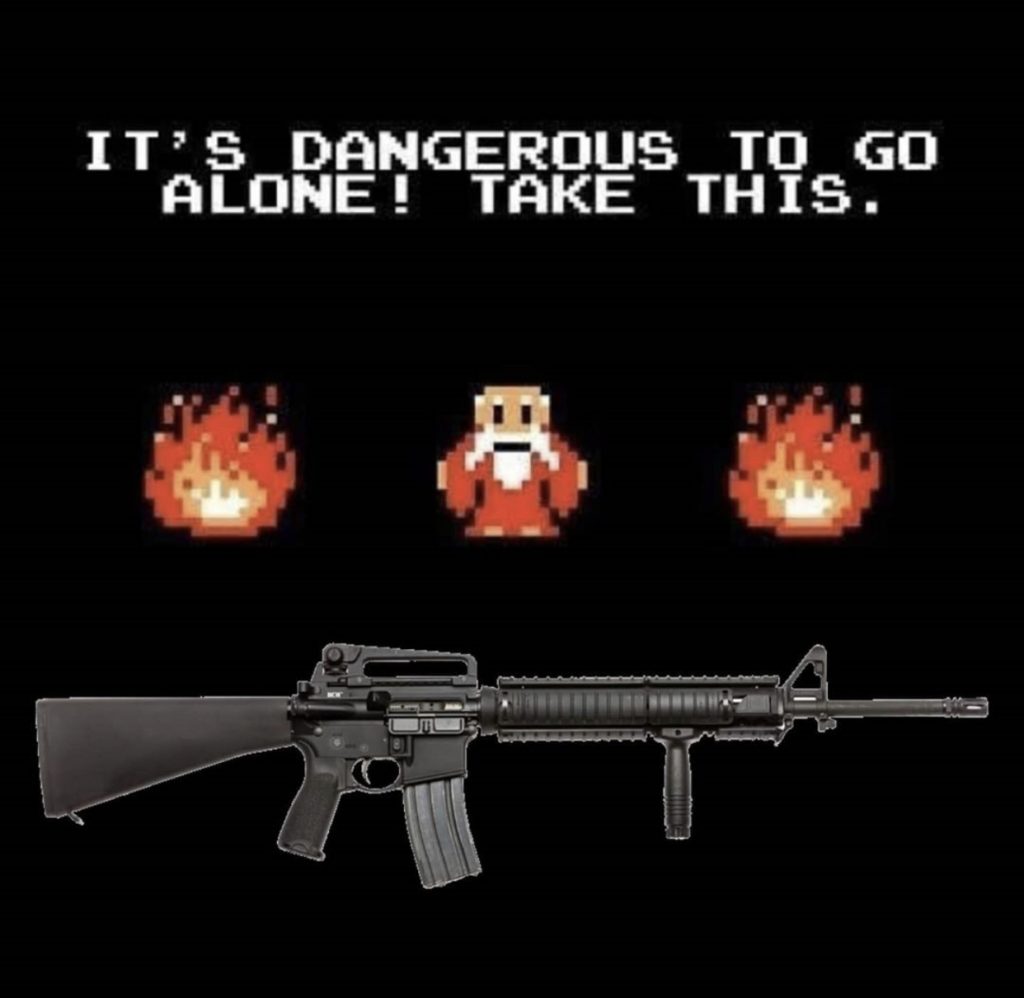
Rifle
A rifle, a sling, a quality optic, and a durable white light with 10 functional magazines.
Nothing needs to be fancy. Nothing needs to be latest and greatest. It just needs to run.
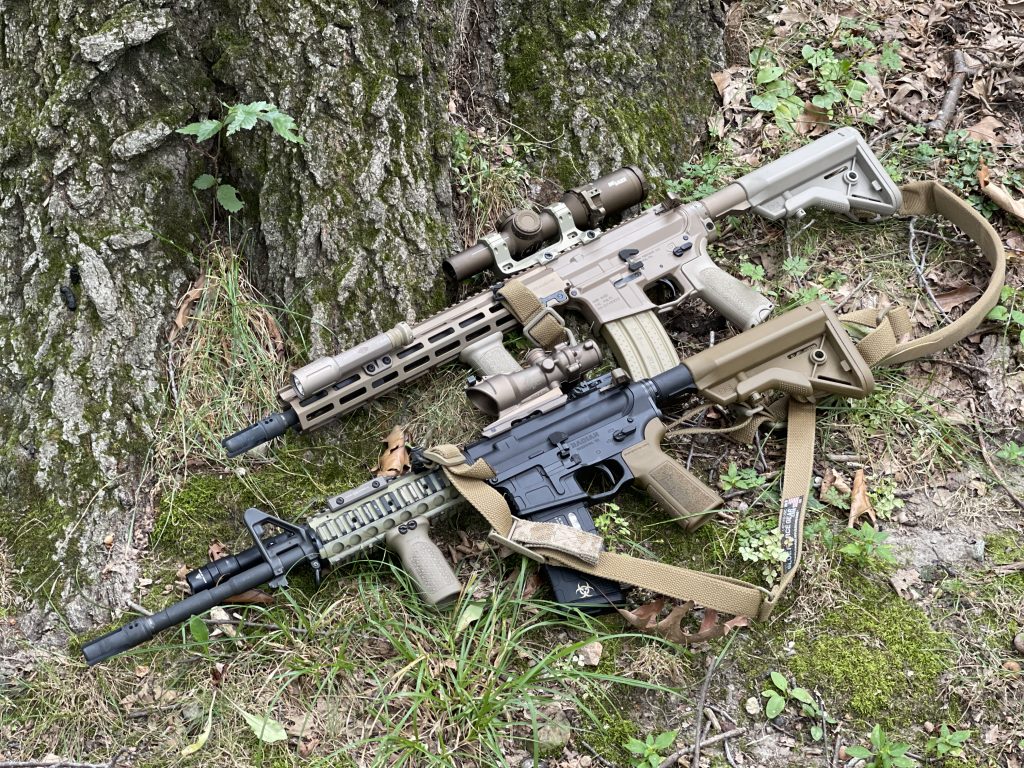
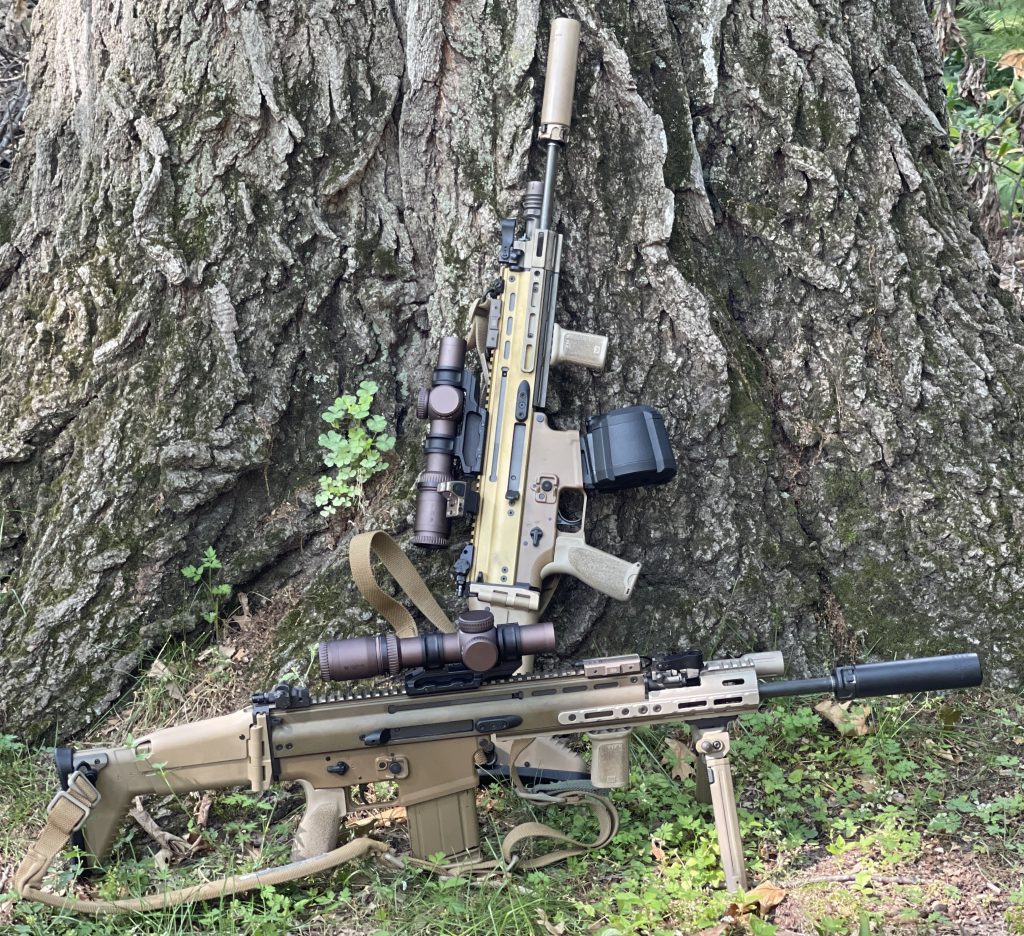
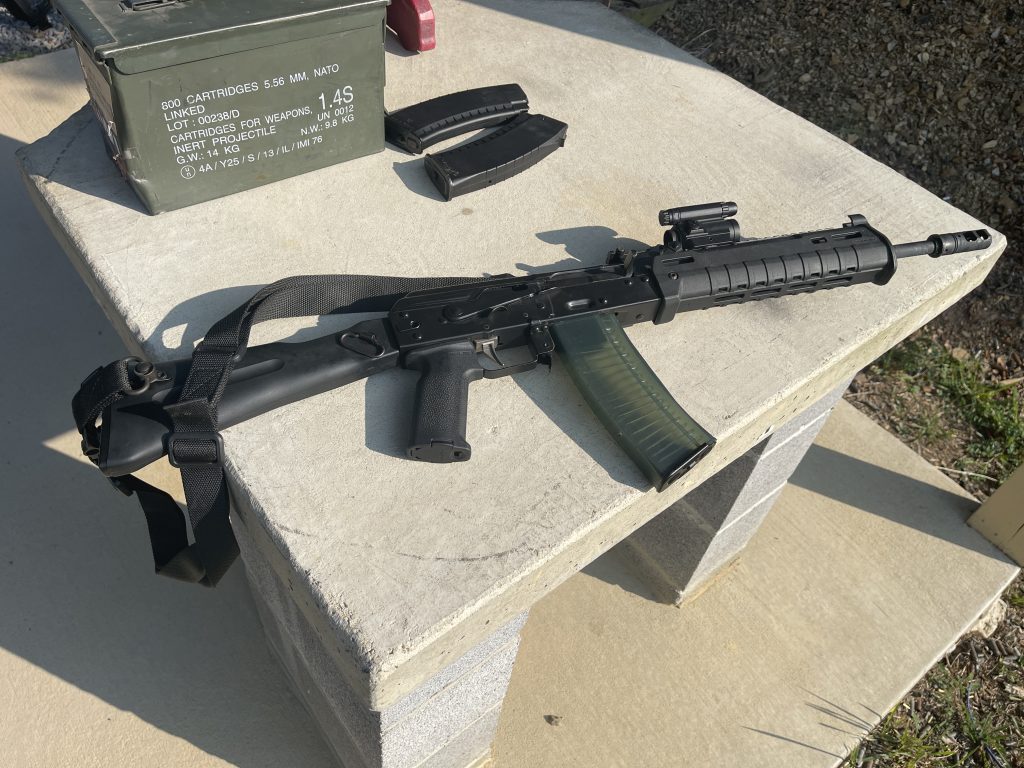

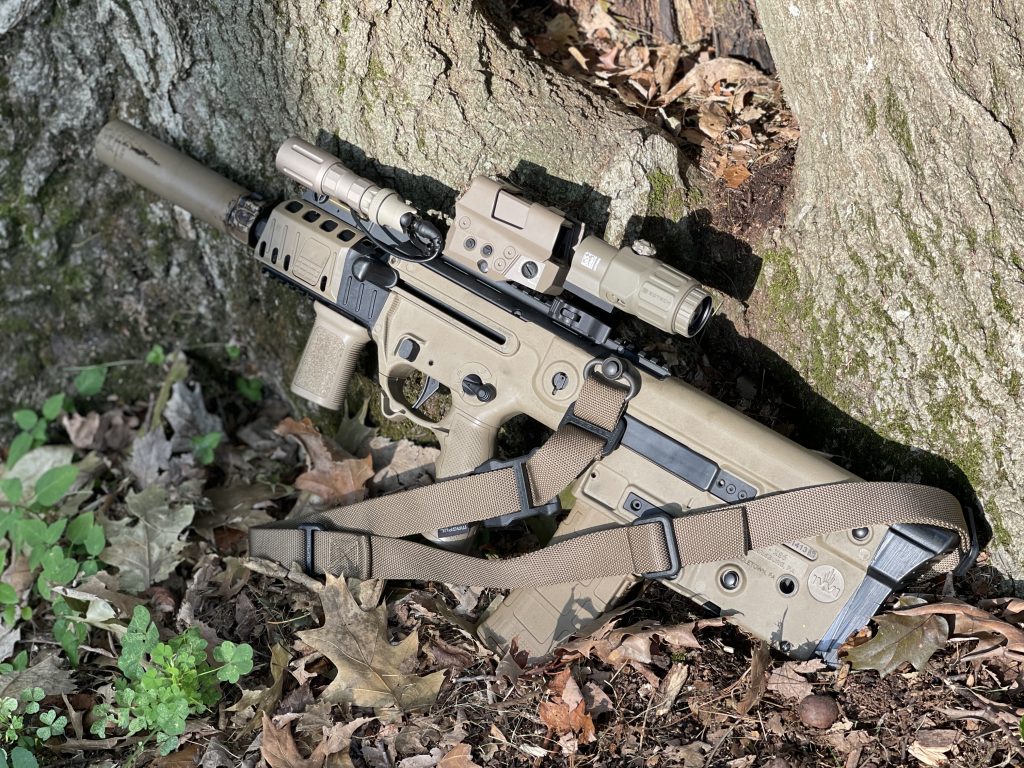
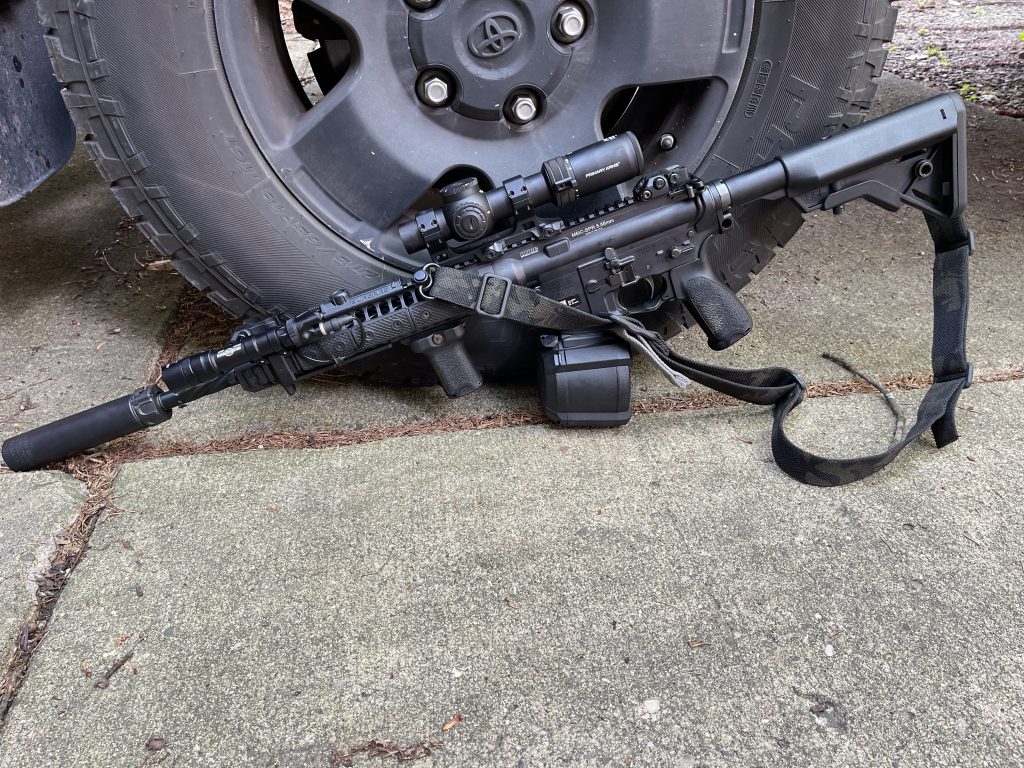
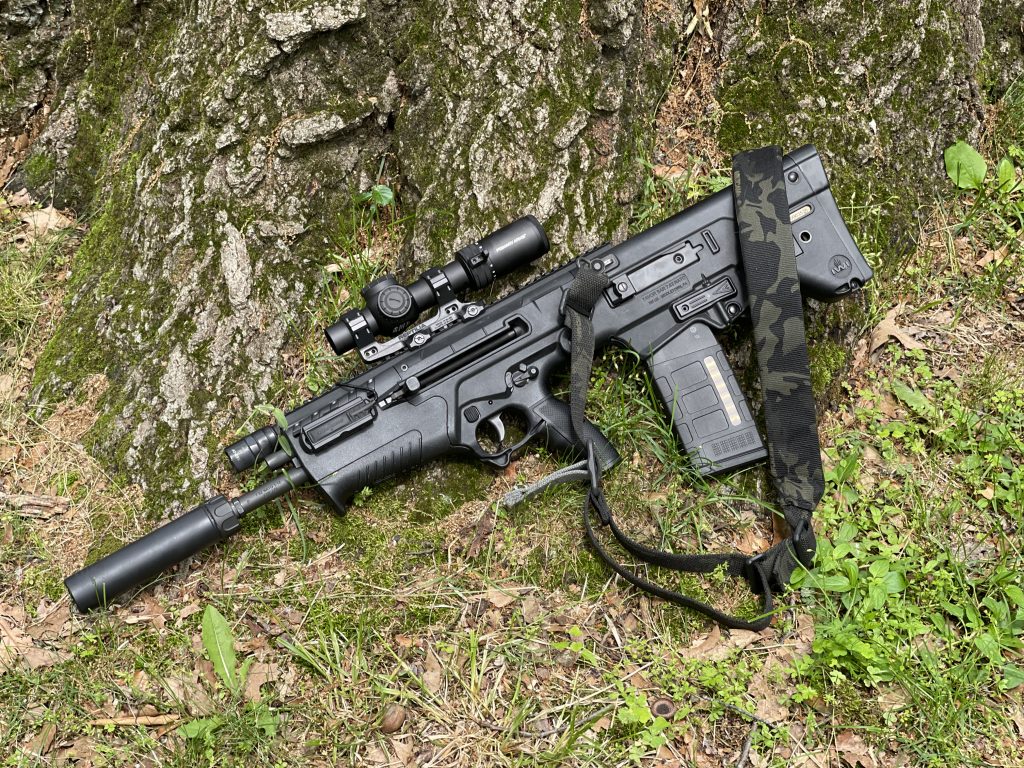
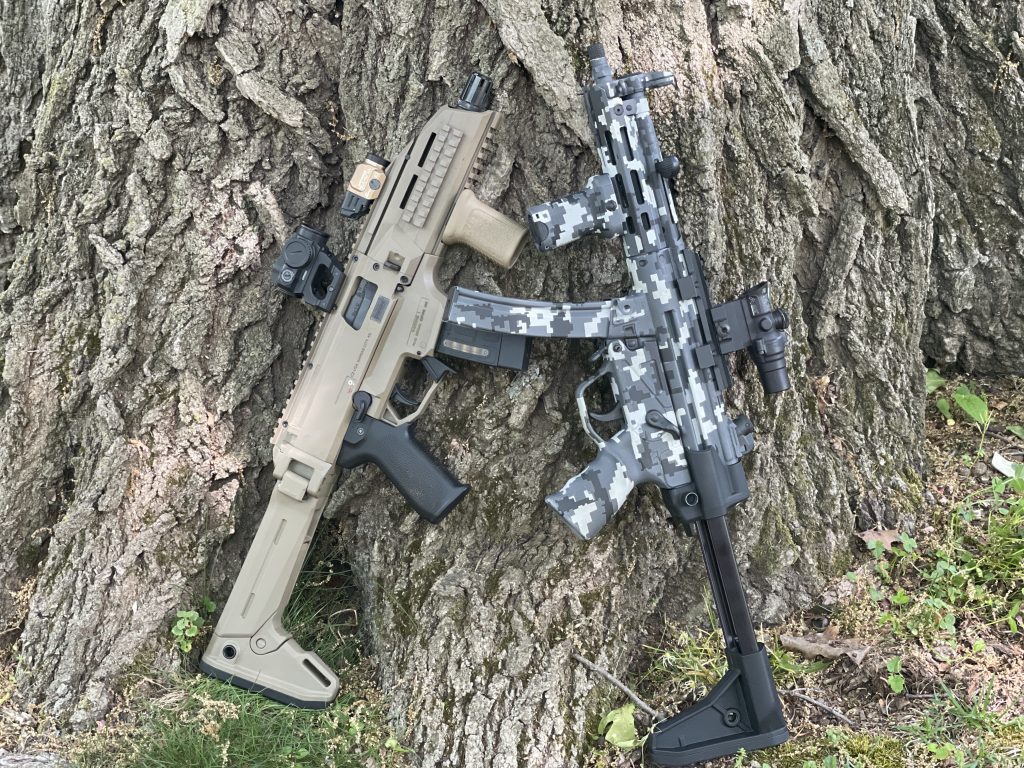
I’d recommend using calibers that are largely logistically supported by US DoD and DoJ. So 5.56 NATO/.223 Remington, 7.62 NATO/.308 Winchester, and 9x19mm NATO.
However, use what you have. If that’s an AK in 7.62×39 then get at it and it can be sorted out later that you are a little harder to support logistically long term.
Belt and Ancillary Gear
Here is where I differ from my friend’s recommendation on social media, belt layout.
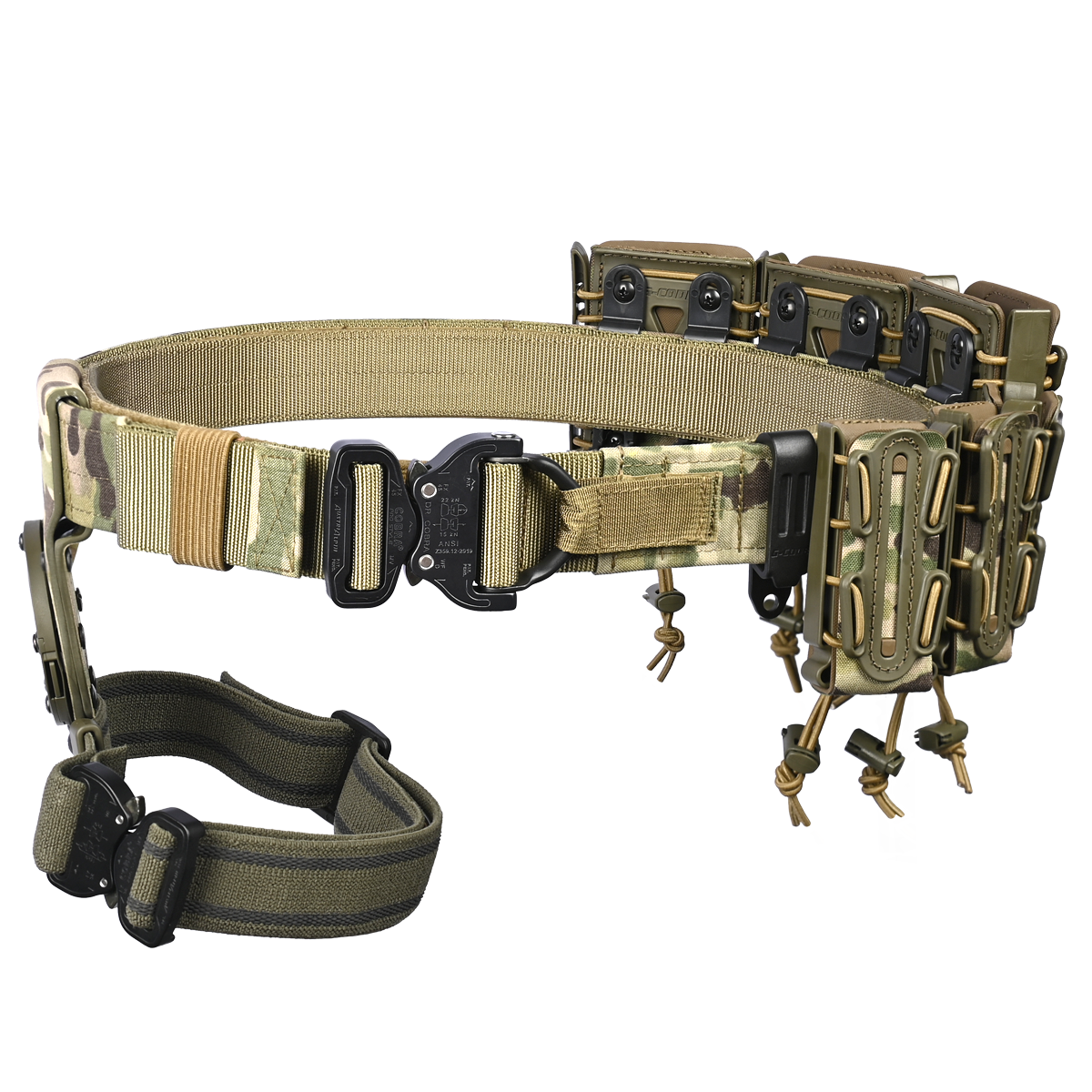
We agree on what’s on the belt.
- Rifle magazine pouches
- Pistol magazine pouches
- IFAK and TQ
- Pistol Holster, Duty Grade
Where we differ is on ammunition distribution.
You have a rifle. Prioritize ammunition for the rifle. I run three magazines, making for 4 total and between 80 and 120 rounds for any of the above. Two pistol magazines total, three at most. If you’re between packing something like a multi-tool on the belt and another pistol magazine, pick the multi-tool.
You do not want to have to use your pistol, it is there if you absolutely need it. Don’t give up a rifle magazine or a useful tool you wouldn’t otherwise be able to carry just to bring 17rds more pistol ammo when it is substantially less effective than the rifle.
Pistol
A serviceable duty pistol, 6 functional magazines. Caliber recommendation 9x19mm NATO.
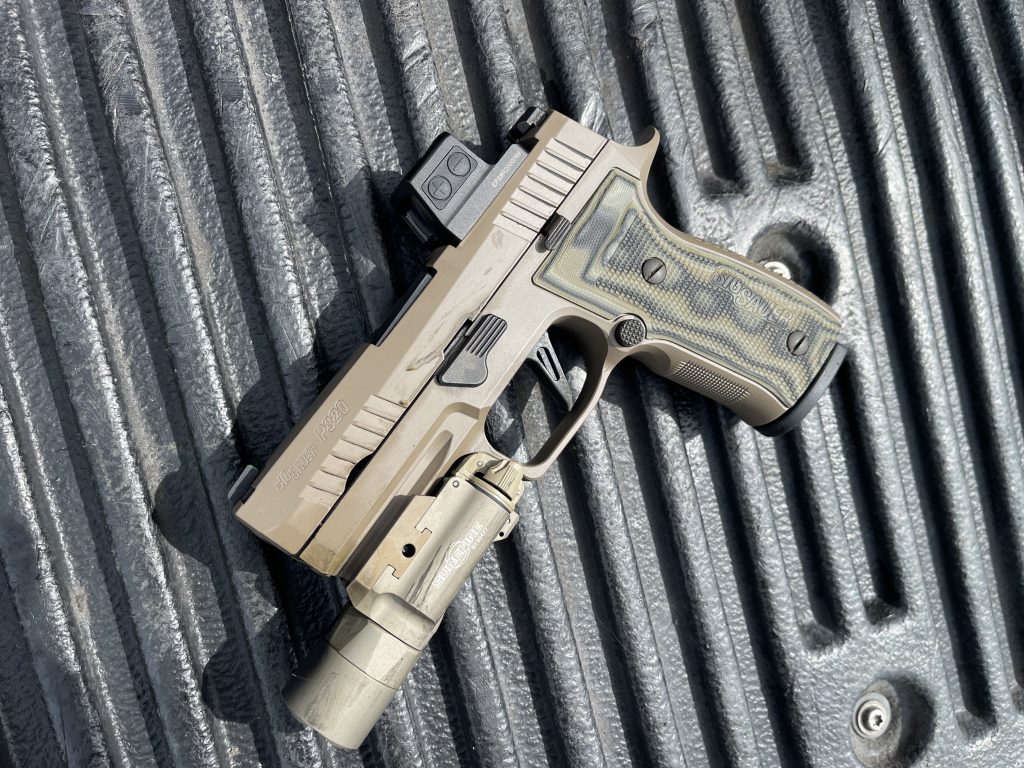
Optional optic and light are high value additions, but not essential.
Day Pack/Assault Pack/3-Day Pack, a Backpack
By whatever name you want to call a serviceable backpack to carry some environmentally appropriate clothing, water, food, spare batteries, and the spare ammo in magazines you don’t have on your belt. Some more med stuff, a good outdoor blanket, water proof light weight tarp. Enough to get you by while being outside in the elements for two or three days. Gloves, a tough pair and maybe an insolated pair too. Eye protection, two pair with at least one clear lens. No you aren’t necessarily going to throw these on right away but you will want them for any sustained event.
You might not be grabbing this bag as you throw on the other gear, that’s fine. Having the bag ready when you have the spare minute and have made the decision to move is the goal. Being reasonably comfortable on the move for up to three days without needing the higher logistical resources that may not be ready to provide yet is the idea, without weighing you down significantly. You may not move from where you were, that is also fine, but you don’t want to be anchored by lack of readiness.
There, you are now quick-to-ready ad hoc light infantry. A Minuteman.
You can do this for under $4,000 easily, probably under $3,000. Under $2,000 for quality could be a stretch as you are probably starting to dramatically compromise the quality of soft goods you are buying in order to get the rifle, handgun, and holster which will constitute most of that $2k. I could see it being done for $2,500. If you already have parts of the kit, spend smartly to fill in the missing pieces.
Preferred Items
As budget allows for the purchase of these without disrupting your normal financials, consider adding the following.
Armor, Level III or better (NO STEEL)
Avoid steel plates, remember mobility is an advantage and the hazards of a rifle round fragging and hitting your extremities as you are 20lbs of gear slower. Use ceramic or polyethylene. This will give you better chances if you happen to catch a round since those plates actually catch rounds.
Add ammunition and ancillary management to the carrier in some manner too, you should be able to roughly double the amount of ammunition you are carrying. I wouldn’t go above two pistol magazines on your body, prioritize rifle ammo.

Helmet, Bump
Ballistic helmets are expensive, bump helmets are much less so and hitting your head on things sucks. Picking a helmet option where you can add white light, communication, or hearing protection is also good forward thinking to avoid buying twice.
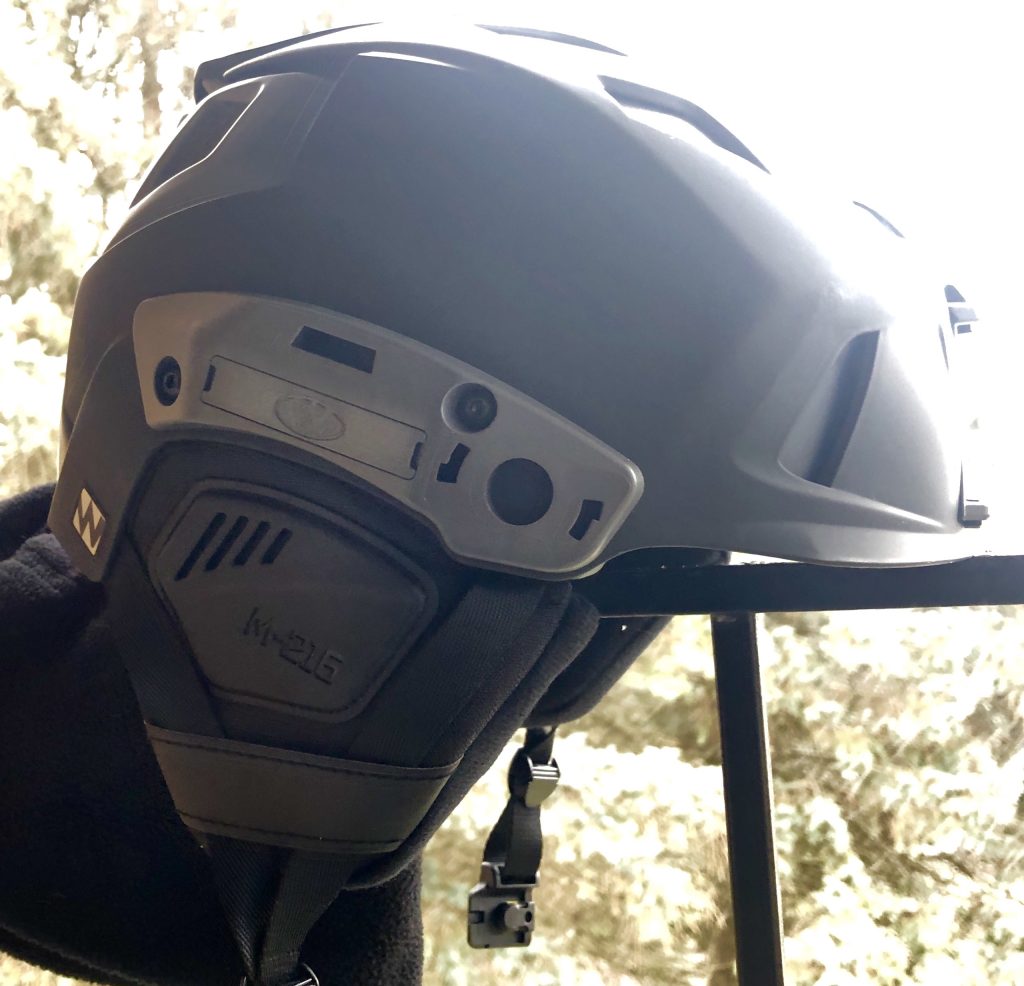
Chest Rig, separate or detachable from your armor
I would buy a chest rig prior to buying armor. It is less expensive and upping my ability to carry ammo and more ancillary support is of greater benefit than adding the ability to possibly catch a bullet or two at the proper angles. If I can only have one, I want more ammo.


I would add them in this order.
- Chest rig
- Fill in the magazines
- Fill in with additional medical supplies
- Fill in with handy tools and batteries that you want to be quicker to hand than in your backpack
- Helmet
- Add an independent light source that you can keep on, a red light/lens option is also good.
- Armor
- Add a way to attach your chest rig or add independent ammo and ancillary management methods.
Optional Items
These are items with useful purposes but that do not not offer enough overall benefits, often being niche, redundant, or expensive, to be considered preferred items.
Suppressor
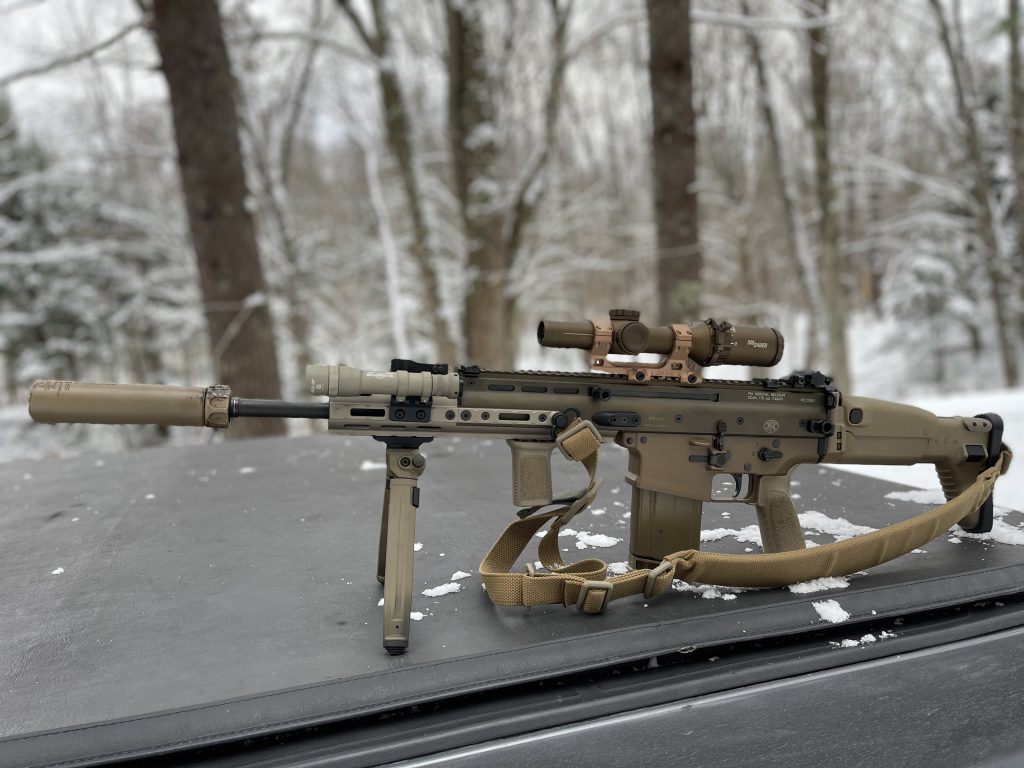
Suppressors are excellent additions for hearing protection and signature reduction. However, given the cost associated with a can, it is not a priority buy. It is the first thing I would add once the preferred list is covered.
Magazines
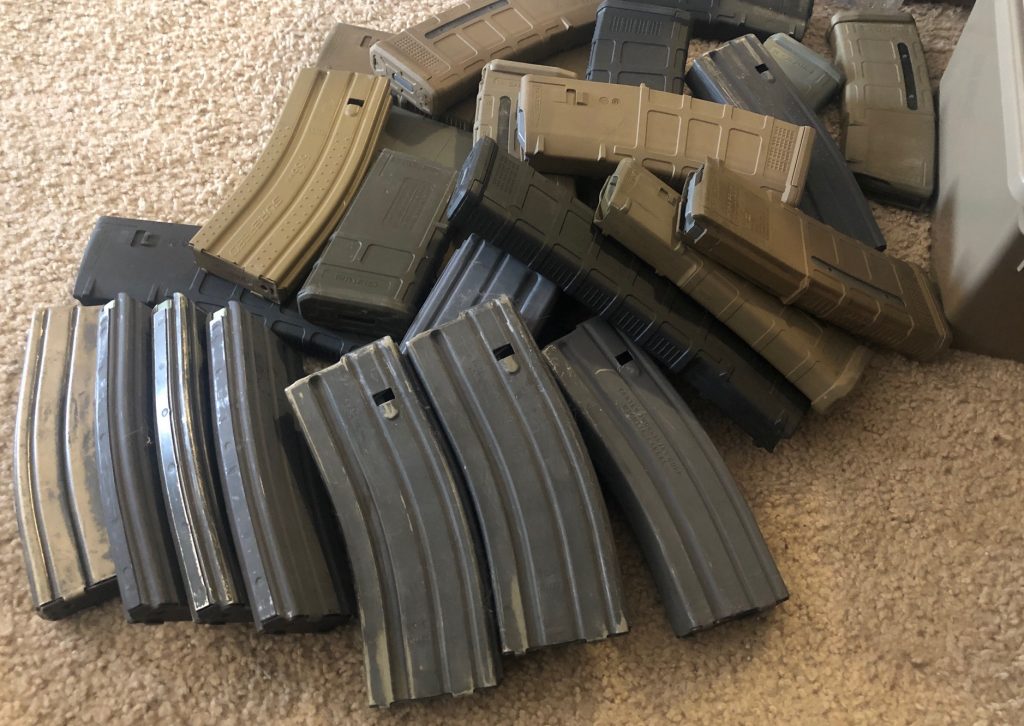
Your 10 rifle and 6 pistol magazines, double them. Then get more. I’m not kidding when I say reaching 100 rifle and 20-30 pistol magazines as funds make themselves available is invested money. Magazines are the least durable part of these firearms, get spares.
Helmet, Ballistic
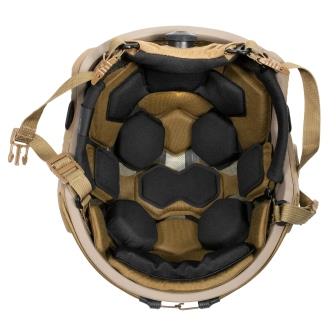
If you have the spare finances, no harm in upgrading the layer of protection on your noggin to the III/IIIA protection level.
Night Vision

Trying to add quality night vision to your setup is absurdly expensive, equipment intensive, training intensive, and could be of very limited value until the conflict becomes more protracted. There are also downsides if the aggressor force has night vision too, which limit how much IR you want to emit.
Getting a serviceable PVS-14 monocular and a laser aiming module/IR illuminator is likely a $5,000 investment. Add another ~$1,000 for training to properly use white light, NODs, and laser together. Add to this any additional costs to set up your daylight optic suite to work with your chosen night vision.
Add to this very high cost of entry the limited force multiplicative effects it has, especially without training. Night vision is mission and environmentally specific equipment.
That said, and maybe to contradict myself just a bit, it is force multiplicative. If you and perhaps a few of the local cops are the ones with it and fighting goes into the night, you can stand your watch or move more effectively with it than without.
It lets you see in the dark. Obvious, sure, but still. Where otherwise you would need light, and the inherent disadvantages emitting or being in white light has for you when people are trying to kill you, you can see and move without it. You can keep lights off, you can hide while still being able to observe. You and anyone else with NODs and gear can communicate with IR in addition to verbal and hand signals.
It is very good equipment. It is just very expensive and the odds the fight will involve its need are low. These odds go lower when we’re talking modern urban and suburban spaces with functioning power.
Probabilities
We are talking stacking orders of magnitude on the long odds of needing your gear like this in comparison with needing your concealed pistol. Real talk. Today’s “Day of Jihad” is the diluted fear mongering of a death cultist to hopefully someone crazy enough to join the ride, not a serious call to sleepers worldwide.
But we’ve seen the very real need twice now in two years in other modernized nations, and we would be fools not to take it seriously here too. To smugly claim, “Yeah, but this is the United States.” like some manner of magic warding phrase that makes everyone here think rationally at all times and keeps us immune from assaults is asinine. To claim that the massive population and socioeconomic realities here could not produce a flare up, either domestic or from a foreign aggressor, again is naïve.
We should be ready for the day without hastening it. Plan accordingly.

